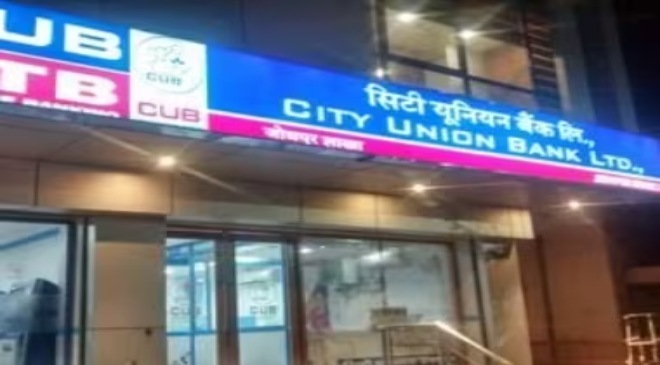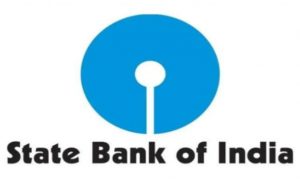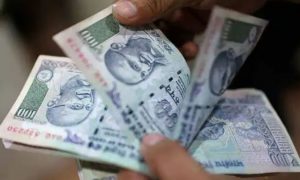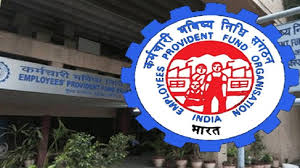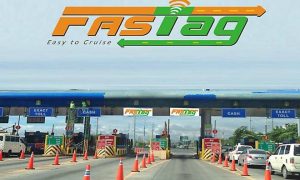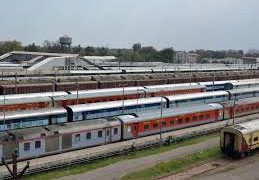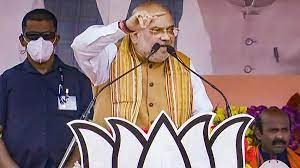Following the hike in risk weights by the regulator, City Union Bank proposes to raise lending rates by about 2-3%. Managing director and CEO N Kamakodi tells Piyush Shukla that this would be necessary to ensure that the return on equity is higher than the cost of capital. Excerpts:
What impact do you see on CRAR due to RBI’s hike in risk weights?
We have always focused on secured lending, and not on unsecured lending. We just started a very small portfolio in terms of lending to NBFCs. We had never been very active in corporate banking in the past. So, our focus has been on MSMEs, commercial trading, agriculture and gold loan. These segments form 70%-80% of our overall loan portfolio. Accordingly, our CRAR should moderate by a maximum of 10 bps. Our capital adequacy ratio is around 22%, so, in that sense, impact is very insignificant.
Read More: List Of Tax Saving Investment Options With Totally Tax-Free Returns
Will you increase lending rates for NBFCs and personal loans?
Absolutely. Ultimately, every bank is working to have its return on equity more than the cost of capital. So, when you need more capital to manage this particular portfolio, obviously the expected return will be higher. At least 2%-3% (rise in rates) is something which is mathematically correct.
Will lenders go slow on low-ticket personal loans after RBI diktat?
Yes, that is the purpose of this regulation. And from whatever information we are receiving, it looks like the industry will go in that direction. Finally, it is the risk-adjusted return that people will look out for now. So it will definitely result in moderation of overall growth, and this has been done multiple times.
For example, after the global financial crisis, the expectations (of stress) were on the real estate sector and such a treatment was given. That’s how our banking system works.
Do you think bank-fintech partnerships will reduce due to RBI’s higher scrutiny over digital lending?
I see everything getting back to the sustainable growth level. That is the point. When you see something growing at an extraordinary pace, the probability of stress getting into system or bubble building up in the system will increase. And this particular increase in the risk weight will ensure that no bubble gets built into the system.
You are one of the longest serving private bank MDs presently. Have you started hunting for a successor?
Yes, the committee of directors have put it in the public domain. And you also have a situation now that every bank needs two whole time directors. So, the board is looking into all these things, and an announcement will be made at an appropriate time.
Will the successor be an in-house candidate?
You will get to know that.
What is your guidance on asset quality for FY24?
Our recoveries have started overtaking slippages. During the pre-COVID years, we roughly used to have about 2% to 2.3% as our annualised slippage ratio to closing advances. During the pandemic period, it increased to about 3% to 3.5%. Now things are getting back to the pre-COVID levels and recoveries have started overtaking slippages.
What is the outlook on recoveries?
Last year, we had about Rs 1,200 crore of recoveries. This year, we should be overtaking that number.

